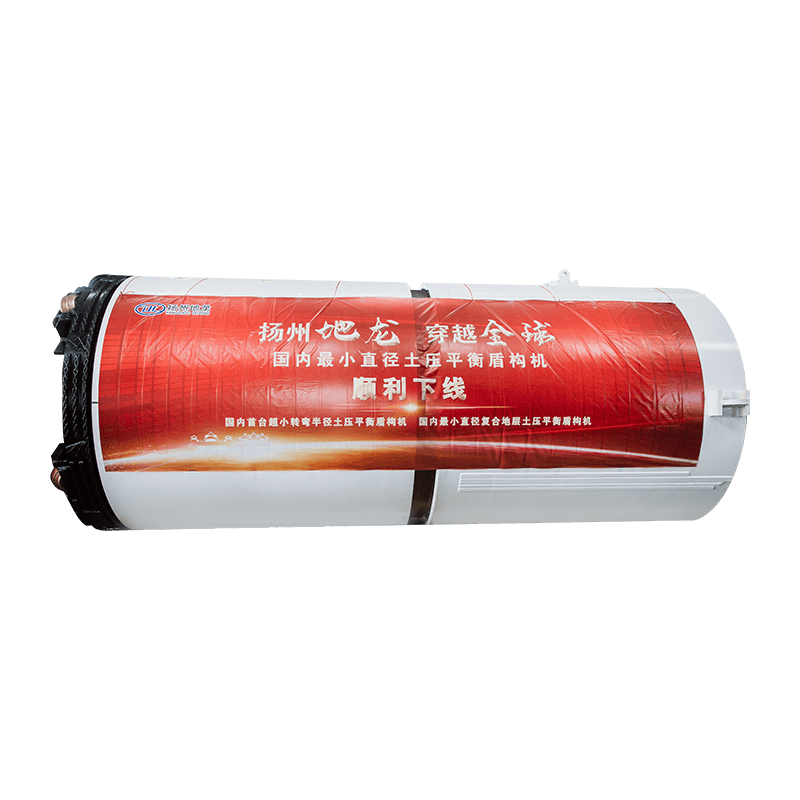Beneath the bustling streets of modern cities, a silent revolution is taking place. Engineers and construction crews are carving out underground spaces for subways, tunnels, and utilities with unprecedented efficiency and precision. At the heart of this transformation lies an engineering marvel: the Earth Pressure Balance (EPB) Shield Machine. This extraordinary piece of machinery has redefined how we approach tunneling in urban environments, where stability, safety, and minimal disruption are paramount.
What is an Earth Pressure Balance Shield Machine?
An Earth Pressure Balance Shield Machine is a highly specialized tunnel-boring machine designed to operate in soft ground conditions, such as clay, silt, or sand. Its primary purpose is to excavate tunnels while simultaneously managing the pressure exerted by the surrounding soil and groundwater. Unlike traditional tunneling methods that often involve open excavation or blasting, EPB machines create a controlled environment within the tunnel face, ensuring stability and preventing collapses.
The "shield" part of the machine refers to the protective outer casing that supports the freshly excavated tunnel until it can be lined with permanent materials like concrete segments. Meanwhile, the "earth pressure balance" aspect refers to the ingenious system that stabilizes the tunnel face by maintaining equilibrium between the pressure inside the machine and the external earth pressure. This delicate balancing act minimizes the risk of ground settlement or heave above the tunnel, which could otherwise damage surface structures.
How Does It Work?
At first glance, an EPB shield machine resembles a colossal mechanical worm. Its front end houses a rotating cutter head equipped with cutting tools that break up the soil as the machine advances. The excavated material—often referred to as "muck"—is then transported backward through a screw conveyor system into a chamber where its volume and consistency are carefully regulated.
Here’s where the magic happens: the machine adjusts the rate at which muck is removed from the chamber to match the speed of excavation. By doing so, it ensures that the pressure inside the chamber matches the natural earth pressure outside. If too much material is removed too quickly, the surrounding ground may collapse inward; if too little is removed, the excess pressure can push the tunnel face outward, causing instability. This real-time adjustment process is what makes EPB machines so effective in challenging geological conditions.

To further enhance stability, the machine injects additives like foam or bentonite into the soil to improve its plasticity and flow characteristics. These additives help maintain the right balance between fluidity and cohesion, ensuring smooth operation even in unpredictable soils.
Why Are EPB Machines Essential?
Urban tunneling presents unique challenges. Cities are densely populated, with buildings, roads, and underground infrastructure packed tightly together. Traditional excavation methods can cause significant disruptions, including traffic congestion, noise pollution, and potential damage to existing structures. Moreover, they often require extensive surface works, which can be impractical in confined spaces.
EPB machines address these issues head-on. By operating entirely underground, they minimize surface disturbances. Their ability to stabilize the tunnel face reduces the risk of subsidence, protecting nearby buildings and utilities. Additionally, EPB machines are versatile, capable of handling a wide range of soil types without requiring major modifications.
Another critical advantage is their environmental friendliness. Compared to conventional tunneling techniques, EPB machines produce less waste, use fewer resources, and generate lower emissions. They also allow for continuous excavation, significantly speeding up project timelines—a crucial factor in today’s fast-paced world.













 English
English  русский
русский  عربى
عربى 











